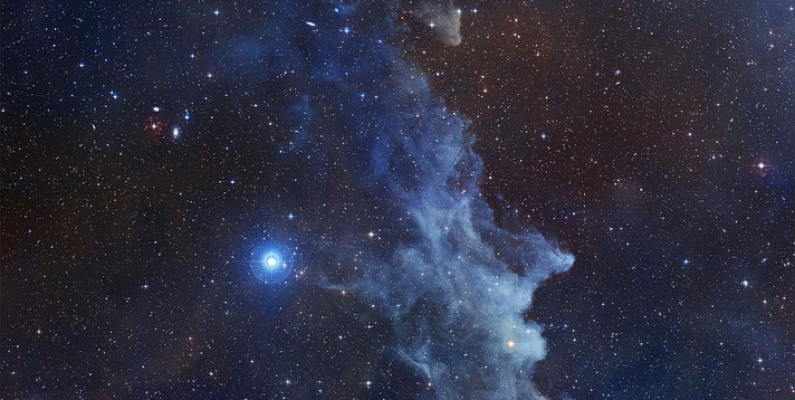
Welcome to the Sky Guide, your monthly guide to what's happening in the heavens!
Check out the printable version here: October-Sky-Guide.pdf
|
MOON MARAMA PHASES: |
SUN RĀ RISE / SUNSET |
|||
|
Phase
3rd Quarter New Moon 1st Quarter Full Moon |
Date
Tuesday 2 Tuesdau 9 Wednesday 17 Thursday 25 |
Date
Saturday 1 Saturday 15 Sunday 31 |
Rise
7.10am 6.44am 6.17am |
Set
7.45pm 8.04pm 8.26pm |
|
Planets Whetū Ao: |
|
|
|
|
Venus Meremere-tū-ahiahi Early October before 10.27pm Mid October before 9.20pm Late October not visible |
Mars Matawhero Early October before 4.46am Mid October before 4.05am Late October before 3.22am |
Jupiter Hine-i-tīweka Early October before 11.08pm Mid October before 10.27pm Late October before 9.38pm |
Saturn Pareārau Early October before 2.23am Mid October before 1.31am Late October before 12.33am |
|
On Libra-Virgo border |
In Capricornus |
In Libra |
In Sagittarius |
OCTOBER OKETOPA HIGHLIGHTS
Aquarius and Aquila
In Greek mythology, the Aquarius constellation is said to represent Ganymede, the handsome prince of Troy. His good looks attracted the attention of Zeus, who sent the eagle Aquila to kidnap him and carry him to Olympus to serve as a cupbearer to the gods. Because of this story, Ganymede was sometimes seen as the god of homosexual relations. He also gives his name to one of the moons of Jupiter, which are named after the lovers of Zeus.
To locate Aquarius, first find Altair, the brightest star in the Aquila constellation. Altair is one of the closest stars to Earth that can be seen with the naked eye, at a distance of 17 light years. From Altair, scan east-south-east to find Aquarius.

Image: The Capricornus constellation from Uranographia by Johannes Hevelius. Public Domain Mark.
Capricornus
The Greeks associated Capricornus with Aegipan, who was one of the Panes - a group of half-goat men who often had goat legs and horns. Aegipan assumed the form of a fish-tailed goat and fled into the ocean to flee the great monster Typhon. Later, he aided Zeus in defeating Typhon and was rewarded by being placed in the stars.
To find Capricornus, first locate the Aquarius constellation, then look to the south-west along the ecliptic line (the dotted line on the star chart).
Spooky Space Objects
You'll need binoculars or a telescope to view the following.
Little Ghost Nebula
This nebula, named for its greenish glow, is the result of a dead star shedding its outer layer of gas, and gives us a glimpse at what may await our own sun when it dies in the next five billion years. The Little Ghost Nebula is located in Ophiuchus – find it where Ophiuchus touches the ecliptic line on our star chart.
Witch Head Nebula
Thought to be the remnants of an ancient supernova, this nebula resembles the face of a witch. The eerie blue glow is due to its proximity to the blue supergiant star Rigel, located in the Orion constellation (shown on the cover). Rigel can be used to find the Witch Head Nebula: first find Rigel near the eastern horizon around midnight (not visible on chart) then look west to locate the Witch Head Nebula.
Vampire Stars
The Carina Nebula encompasses O-type stars, the biggest and hottest stars in our universe. These stars often come in binary pairs, where two stars orbit each other. Sometimes the larger star will become vampiric and suck the matter from the smaller star, extending the vampire star’s lifespan. To find the Carina Nebula, first locate the Southern Cross then scan south-east until you find a bright orange star – this is Eta Carinae, a star in the centre of the nebula.
